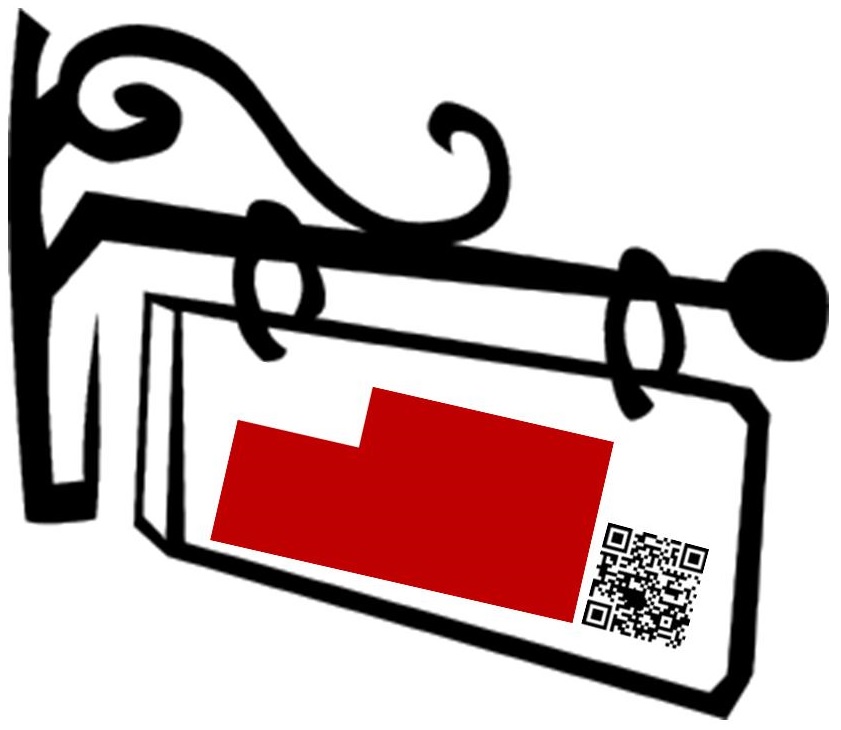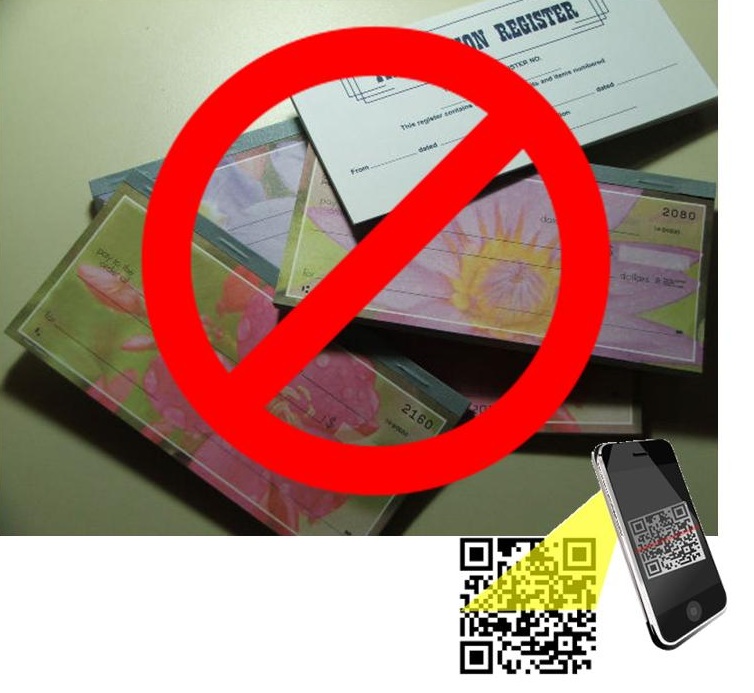Street signs within the emirate will soon include these smartphone recognizable barcodes.
The Department of Municipal Affairs (DMA) has just released a statement in which it has announced that the emirate of Abu Dhabi will soon be including QR codes on its street signs.
These barcodes will provide smartphone users with information of a historical and background nature.
These QR codes will offer mobile device users the chance to learn more historical and background information about specific locations as well as about the streets and their names. The Municipality of Abu Dhabi City will first be implemented in the capital. These barcodes are being created as an element of the Abu Dhabi Emirate Street Addressing, GeoNames and Signage System (ADAGS), which is designed to provide the unique identification of addresses and streets within that emirate.
This project is designed to add QR codes and develop 12,000 all new street names in the emirate.
 This program will also help to simplify approximately 200,000 existing addresses, while creating around 20,000 street signs throughout the next two and a half years. According to the director of the DMA’s land and property sector, Dr. Abdullah Gareeb, “The new addressing system is expected to vastly improve how businesses and residences are referenced. In addition, emergency response times will also be reduced, because ambulance and fire teams will be able to locate homes easier, for instance. Utilities can also be set up and serviced easier if providers can easily identify the neighborhood and its consumption.”
This program will also help to simplify approximately 200,000 existing addresses, while creating around 20,000 street signs throughout the next two and a half years. According to the director of the DMA’s land and property sector, Dr. Abdullah Gareeb, “The new addressing system is expected to vastly improve how businesses and residences are referenced. In addition, emergency response times will also be reduced, because ambulance and fire teams will be able to locate homes easier, for instance. Utilities can also be set up and serviced easier if providers can easily identify the neighborhood and its consumption.”
Dr. Gareeb went on to say that the new address will make it easier for online shopping to occur and will improve the convenience of delivery.
Officials from the DMA had already explained that the current system used by the emirate for addressing identifies each location by its zones, sectors, main streets, internal streets, and either building numbers or plots. Furthermore, many streets are numbered, while streets that are in different districts from one another can have the exact same number. This can make it exceptionally confusing to find and remember addresses, particularly for visitors and tourists.
This new system will not only help to straighten out the confusion, but it will use QR codes for the further identification and information about the current names as well as the historical ones.

 This is an opportunity for consumers and billers alike as the use of QR codes to help with bill payments is far less costly than using checks or even cash. The number of billers who will be introducing these barcodes on their paper bills is now about to experience a very rapid rise.
This is an opportunity for consumers and billers alike as the use of QR codes to help with bill payments is far less costly than using checks or even cash. The number of billers who will be introducing these barcodes on their paper bills is now about to experience a very rapid rise.